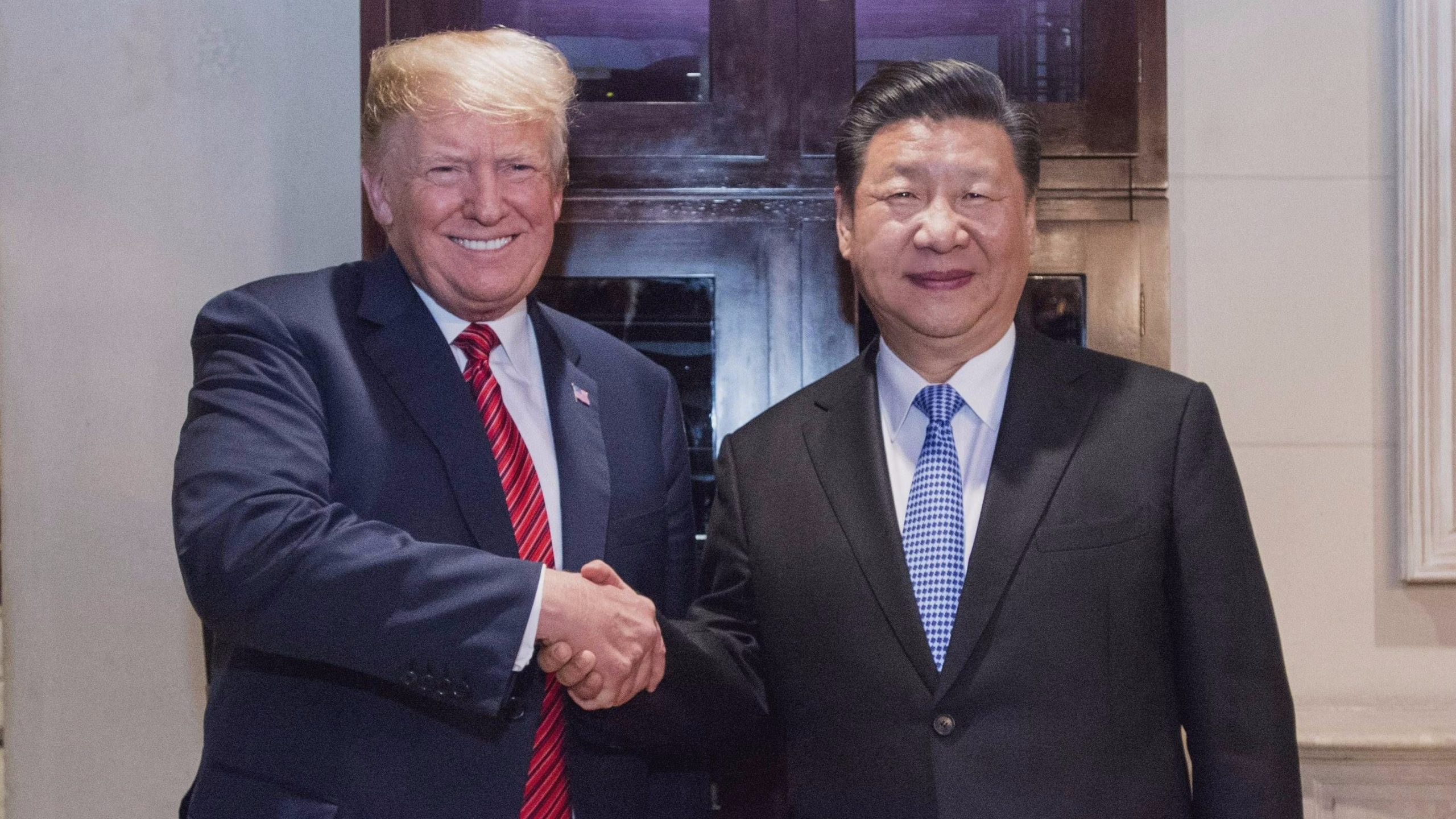November 4, 2025
The U.S.-Asia economic narrative began in November, centered on the one-year trade truce reached by Presidents Donald Trump and Xi Jinping on the sidelines of last week’s APEC Summit. While the deal has brought a measure of temporary stability, both sides are emphasizing implementation and monitoring mechanisms, signaling that deep mistrust remains a defining feature of the relationship.
Under the agreement, the U.S. will reduce certain tariffs on Chinese imports by roughly 10 percentage points, from about 57% to 47%, effective later this month, while suspending additional tariff hikes for one year. In return, China will resume large-scale purchases of U.S. agricultural products, including soybeans, and pause new export controls on rare earth minerals for the same period. The de-escalation was welcomed by financial markets, though analysts warn that it may not be enough to reverse the persistent slowdown in Transpacific trade and shipping, where container freight rates have fallen sharply over the past year.
Despite the truce, tensions quickly resurfaced. The Chinese Foreign Ministry urged Washington to “earnestly implement the consensus”, following U.S. Treasury Secretary Scott Bessent’s remarks that the U.S. could reimpose tariffs if China failed to uphold its commitments on mineral exports. The exchange underscores the fragile nature of the deal, which postpones, rather than resolves, core disputes over industrial subsidies, market access, and technology policy.
Meanwhile, the U.S. secured major investment pledges from key allies during the broader Asia trip. South Korea announced plans for a multiyear investment framework reportedly worth up to $350 billion, focused on technology and shipbuilding cooperation, in exchange for a reduction in U.S. tariffs on Korean goods. Japan committed to approximately $550 billion in projects across semiconductors, clean energy, and infrastructure, reflecting Washington’s continued strategy of using trade leverage to bolster domestic industrial development.
The broader geopolitical reality remains one of strategic accommodation rather than genuine partnership. Temporary truces like the U.S.-China deal may offer short-term relief to farmers and manufacturers, but the long-term trend toward economic decoupling continues. Both Beijing and Washington are accelerating efforts to secure supply chains and reduce dependence on one another, signaling that competition, not reconciliation, will define the next phase of global trade.
- https://www.washingtonpost.com/business/2025/10/30/trump-china-trade-war-progress/
- https://www.aninews.in/news/world/asia/we-have-a-deal-us-china-signs-one-year-trade-pact-as-trump-drops-tariffs-to-47-from-5720251030112819
- https://www.aa.com.tr/en/americas/china-urges-us-to-earnestly-implement-consensus-reached-by-xi-trump/3733851
- https://english.kyodonews.net/articles/-/63858
- https://www.ft.com/content/e96996d5-a33e-45ec-9a1b-d102e21b7987
- https://maritimefairtrade.org/u-s-china-trade-truce-will-not-revive-weakening-ocean-container-shipping-market-with-freight-rates-still-expected-to-fall-in-2026-says-analyst/








